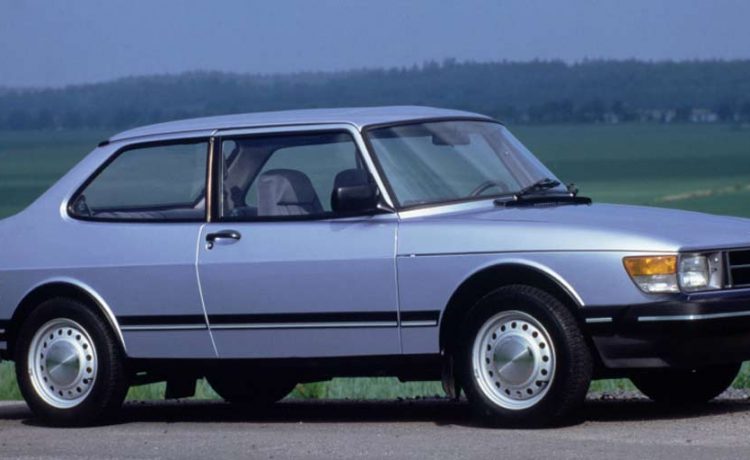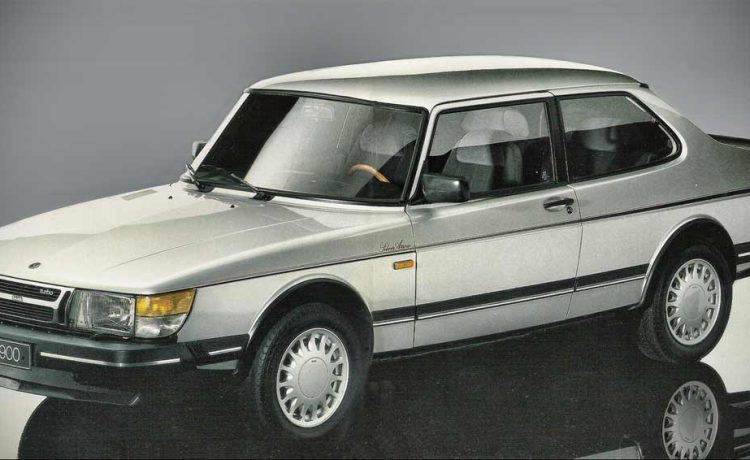How Saab’s Humble 93A Outsmarted Giants at the Final Mille Miglia
In the final competitive Mille Miglia of 1957, Saab’s modest 93A stunned the racing world by outsmarting powerful rivals like Ferrari and Maserati, securing a remarkable class victory. Explore the story of how this underdog car proved that smart engineering and determination could triumph over raw horsepower in one of history's most challenging road races.










